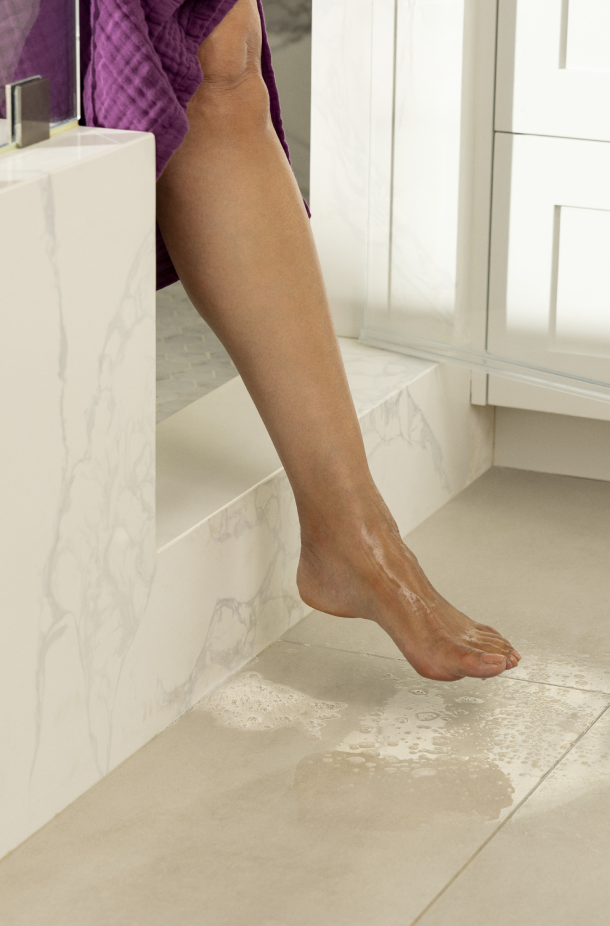
Osteoporosis is a disease that weakens bones, and gets worse over time. Some simple, everyday activities can become a fracture risk. Many women don’t even know they have osteoporosis until they break a bone.
Due to estrogen loss after menopause, your body begins to lose more bone than it creates. Women with osteoporosis lose up to 20% of their bone density within 5 to 7 years after menopause.
Some women think breaking a bone is the result of a misstep or from being clumsy. No matter how careful you think you’re being, you are still at risk of breaking a bone from osteoporosis.


Once you’ve broken a bone from osteoporosis, you’re 5x more likely to break another within 1 year.
If you’ve broken one bone from osteoporosis, you’re more likely to break another. And that next broken bone could be a life-changing event.

You can take charge of your PMO by talking to your doctor about a treatment plan to reduce the risk of fracture.
In postmenopausal women, hospitalizations due to fractures are more common than those for heart attack, breast cancer,
or stroke.
You may be eating well, staying active, and taking vitamin D and calcium, but when your bones are weakened by osteoporosis, even minor mishaps can cause another broken bone.
Left untreated, osteoporosis puts you at risk in everyday situations, like slipping or falling, tripping over a cord, or even picking up your grocery bags.
Explore a medication optionGetting on—and staying on—treatment as prescribed by your doctor can be key to reducing your fracture risk. Here are some other things that can help:
How well do you know your osteoporosis?
Answer True or False to each statement and find out.
Thanks for taking the quiz! Now that you know more about osteoporosis, find out how you can get ahead of the risk of future fractures.
Explore a medication option to reduce your risk